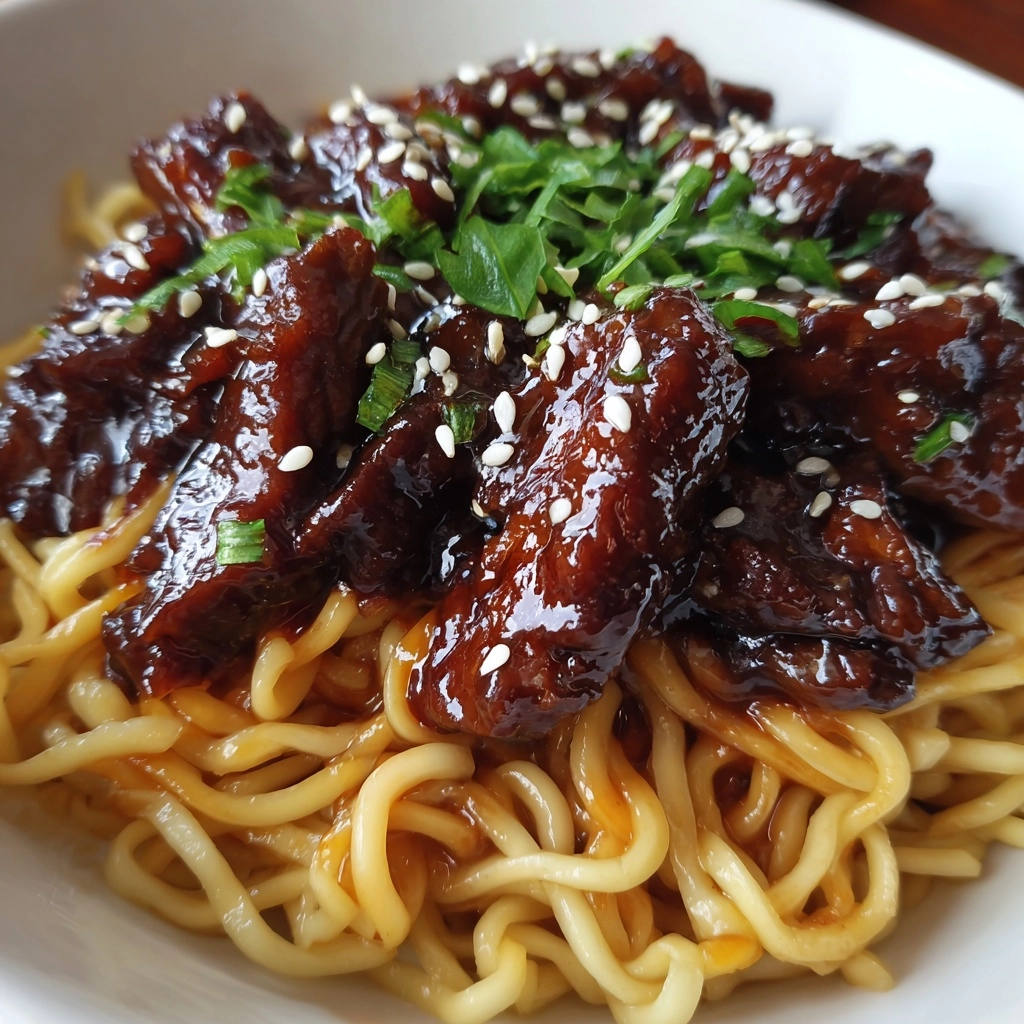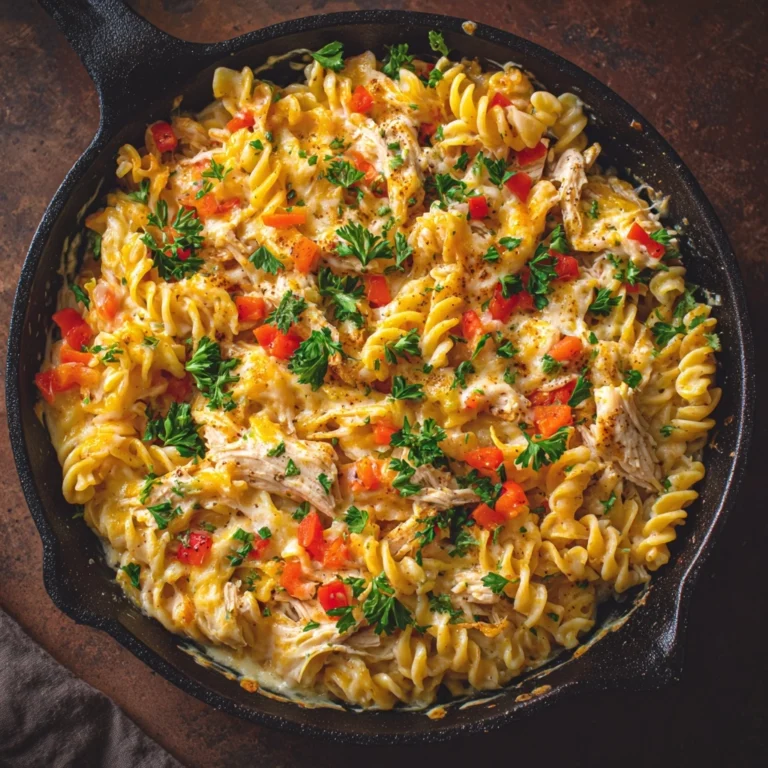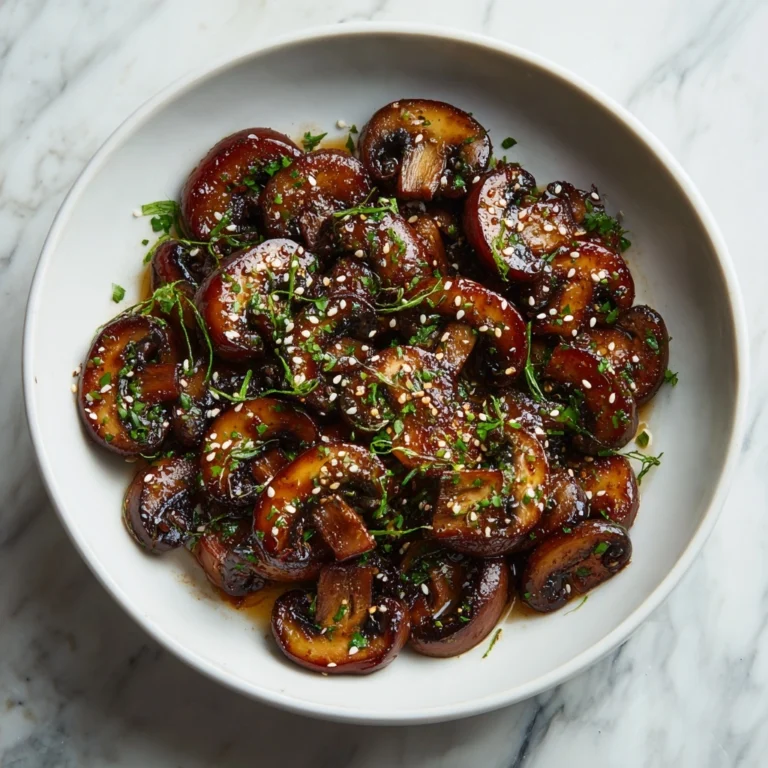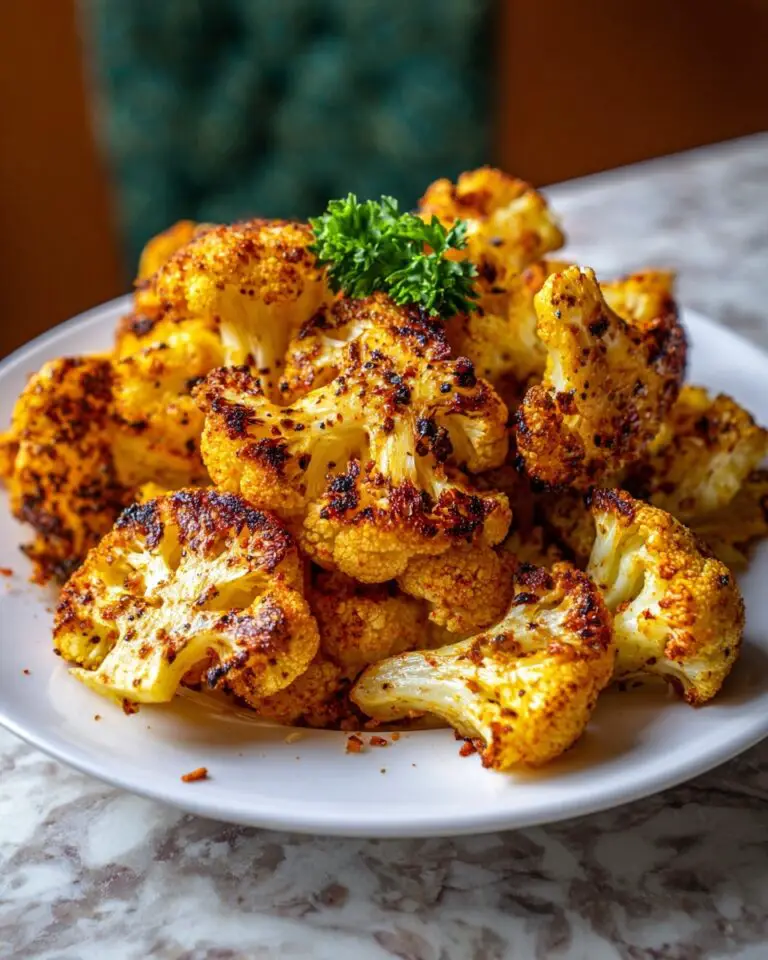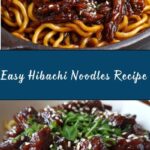If you’re craving that classic Japanese steakhouse flavor, Hibachi Noodles are about to become your new obsession. These glossy, buttery noodles are tossed with garlic, savory sauces, and just the right hint of sweetness, capturing the magic of your favorite teppanyaki dinner right at home. Whether you’re serving them as a side or making them the main event, Hibachi Noodles are a perfect blend of comfort and excitement, ready in minutes and guaranteed to steal the show at any meal.
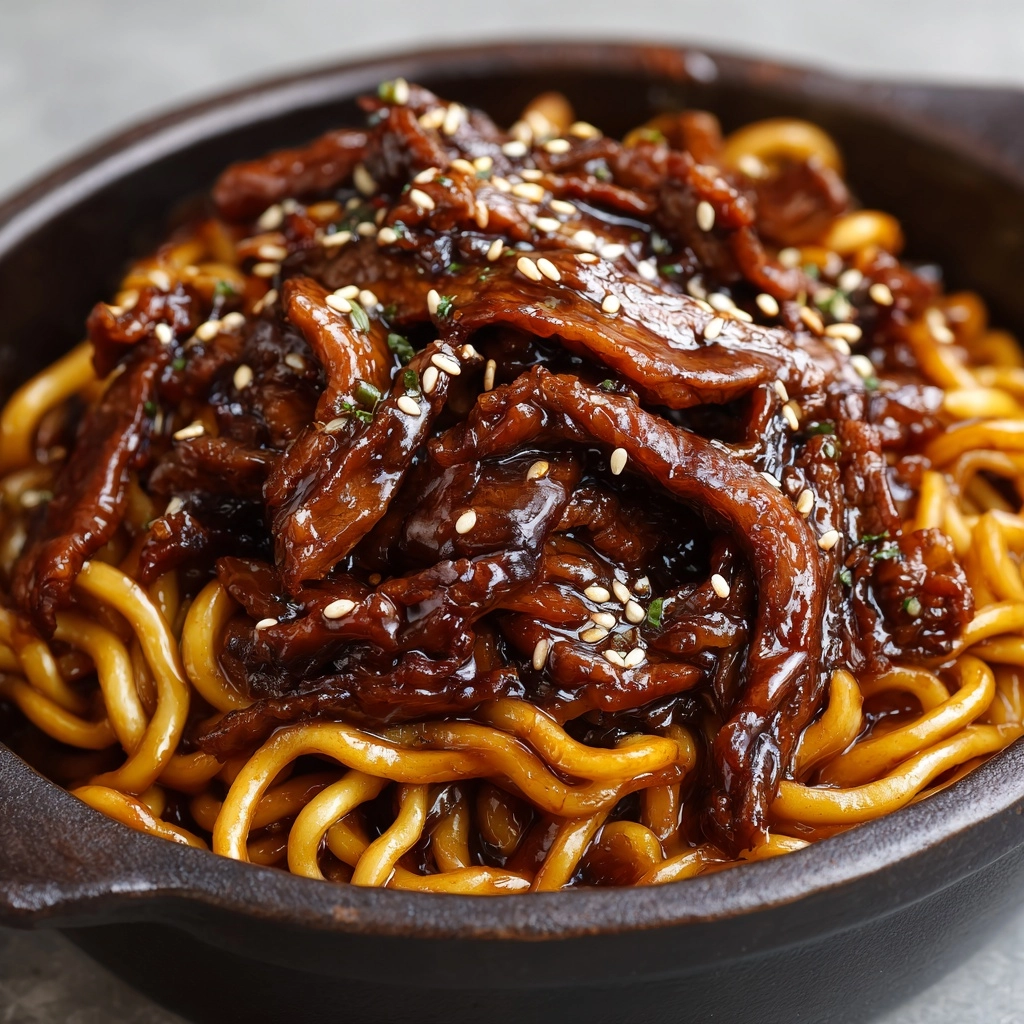
Ingredients You’ll Need
The beauty of Hibachi Noodles lies in their simplicity. Each ingredient is purposeful, working together to create that irresistible combination of slippery noodles, savory depth, and aromatic flair. Here’s what makes every bite so special:
- Yakisoba noodles or spaghetti (8 ounces): These are the foundation—choose yakisoba for authenticity, or spaghetti for convenience; both soak up the flavors beautifully.
- Unsalted butter (2 tablespoons): The secret to that rich, silky texture and signature hibachi flavor.
- Garlic, minced (2 cloves): Adds a punchy aroma and depth that wakes up all the other flavors.
- Soy sauce (2 tablespoons): Brings saltiness and umami, tying everything together with its savory notes.
- Teriyaki sauce (1 tablespoon): Introduces sweetness and complexity for that unmistakable teppanyaki edge.
- Oyster sauce (1 tablespoon): Delivers a deep, savory richness—use mushroom oyster sauce for a vegetarian swap.
- Sesame oil (1 teaspoon): Just a drizzle infuses the noodles with nutty aroma and gloss.
- Sugar (1/2 teaspoon): Balances out the salty and savory elements, giving the noodles that subtle sweetness.
- Pinch of black pepper: Adds a tiny kick and rounds out all the flavors.
- Sliced green onions and sesame seeds (for garnish, optional): These bring color, crunch, and a final flourish to your dish.
How to Make Hibachi Noodles
Step 1: Cook the Noodles
Start by preparing your noodles according to the package instructions. Whether you’re using yakisoba or spaghetti, you want them just tender and not mushy. Once cooked, drain them well and set aside—this keeps them from getting soggy later and helps them fry up perfectly.
Step 2: Sauté the Garlic
In a large skillet or wok over medium heat, melt the butter until it’s just foaming. Add the minced garlic and sauté for about 30 seconds, stirring constantly. The goal here is to let the garlic become fragrant and lightly golden, infusing the butter without letting it burn.
Step 3: Toss in the Noodles
Add your cooked noodles to the hot skillet, tossing them in the garlicky butter so every strand gets coated. Using tongs or chopsticks makes this step easy and ensures the noodles don’t clump together.
Step 4: Add the Sauces and Seasonings
Now for the magic! Pour in the soy sauce, teriyaki sauce, oyster sauce, sesame oil, sugar, and a pinch of black pepper. Toss thoroughly to combine, making sure the noodles are evenly coated and glossy. Let them cook for another 2–3 minutes, stirring constantly, until they’re heated through and soaking up all the flavors.
Step 5: Garnish and Serve
Remove from heat and, if you like, sprinkle with sliced green onions and sesame seeds. Serve your Hibachi Noodles immediately while they’re hot, fragrant, and gleaming—just like at your favorite hibachi grill.
How to Serve Hibachi Noodles
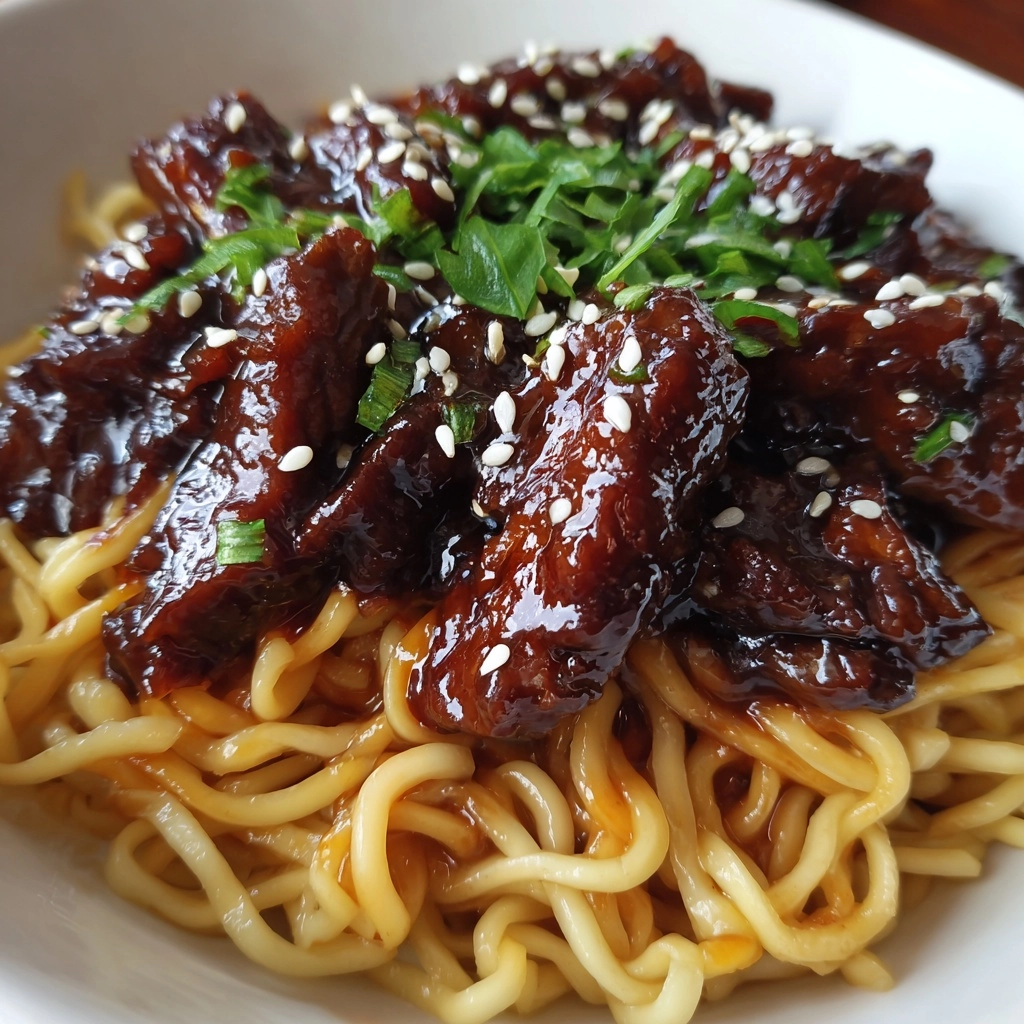
Garnishes
A finishing touch of sliced green onions and a sprinkle of sesame seeds not only adds a pop of color but brings a fresh crunch that contrasts beautifully with the silky noodles. For extra flair, try a drizzle of chili oil or a handful of finely chopped cilantro.
Side Dishes
Hibachi Noodles pair effortlessly with all your Japanese-American favorites. Serve them alongside grilled shrimp, chicken, steak, or sautéed vegetables for an all-out hibachi night. A crisp side salad or a cup of miso soup also rounds out the meal perfectly.
Creative Ways to Present
For a fun twist, pile the noodles high in a cast-iron skillet, or serve individual portions in small bowls with chopsticks and a wedge of lime. You can even pack Hibachi Noodles into a bento box for a satisfying lunch on the go or toss in stir-fried veggies and protein for a one-bowl dinner.
Make Ahead and Storage
Storing Leftovers
Leftover Hibachi Noodles keep surprisingly well. Transfer cooled noodles to an airtight container and refrigerate for up to 3 days. The flavors actually deepen as they sit, making next-day lunches even more delicious.
Freezing
While these noodles are best fresh, you can freeze them in a pinch. Place cooled noodles in a freezer-safe bag or container, squeezing out as much air as possible. Freeze for up to one month, then thaw overnight in the fridge before reheating.
Reheating
To reheat, simply toss the noodles in a hot skillet with a splash of water or broth, stirring until they’re warmed through and revived. You can also microwave them in short bursts, stirring between each interval for even heating.
FAQs
Can I use a different type Main Course, Side Dish
Absolutely! Yakisoba is traditional, but spaghetti, udon, or even ramen noodles work well. Just adjust the cooking time to keep them pleasantly chewy.
How do I make this recipe vegetarian?
Swap regular oyster sauce for a mushroom-based vegetarian alternative or simply omit it. The noodles will still have plenty of rich, savory flavor thanks to the other sauces.
Can I add protein or vegetables?
Definitely! Stir in sautéed shrimp, chicken, steak, or tofu for a heartier meal. Bell peppers, broccoli, carrots, or snap peas make great veggie additions, too.
Is it possible to make Hibachi Noodles gluten-free?
Yes, just use gluten-free noodles and substitute tamari for soy sauce, plus a gluten-free oyster and teriyaki sauce. Double-check all sauces for hidden gluten.
Why are my noodles sticking together?
Noodles can stick if they’re overcooked or not tossed quickly enough with the butter and sauces. Be sure to drain them well and toss immediately in the hot skillet for best results.
Final Thoughts
If you’ve ever wanted to recreate that sizzling, mouthwatering flavor of restaurant-style Hibachi Noodles at home, this recipe is your golden ticket. Grab your favorite skillet, a handful of pantry staples, and treat yourself to a dish that’s as easy as it is unforgettable. I can’t wait for you to try it!
Print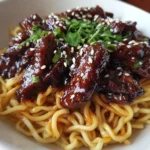
Hibachi Noodles Recipe
- Prep Time: 5 minutes
- Cook Time: 10 minutes
- Total Time: 15 minutes
- Yield: 2 servings 1x
- Category: Main Course, Side Dish
- Method: Stovetop
- Cuisine: Japanese-American
- Diet: Vegetarian
Description
Hibachi Noodles is a delicious and easy-to-make Japanese-American stir-fry dish featuring yakisoba noodles tossed in a savory blend of butter, garlic, soy, teriyaki, oyster sauces, and sesame oil. This flavorful recipe comes together quickly on the stovetop and can be customized with vegetables or proteins for a complete meal.
Ingredients
Noodles and Sauces
- 8 ounces yakisoba noodles or spaghetti
- 2 tablespoons soy sauce
- 1 tablespoon teriyaki sauce
- 1 tablespoon oyster sauce
- 1 teaspoon sesame oil
- 1/2 teaspoon sugar
Other Ingredients
- 2 tablespoons unsalted butter
- 2 cloves garlic, minced
- Pinch of black pepper
- Sliced green onions, for garnish (optional)
- Sesame seeds, for garnish (optional)
Instructions
- Cook the Noodles: Cook the yakisoba noodles or spaghetti according to the package instructions. Drain well and set aside.
- Sauté Garlic: In a large skillet or wok over medium heat, melt the unsalted butter. Add the minced garlic and sauté for about 30 seconds until fragrant but not browned.
- Toss Noodles in Butter and Garlic: Add the cooked noodles to the skillet and toss well to evenly coat them with the butter and garlic mixture.
- Add Sauces and Seasoning: Pour in the soy sauce, teriyaki sauce, oyster sauce, sesame oil, sugar, and a pinch of black pepper. Toss the noodles thoroughly to combine all the flavors.
- Heat Through: Continue cooking and stirring constantly for 2 to 3 minutes until the noodles are heated through and fully coated with the sauce blend.
- Serve and Garnish: Serve the hibachi noodles immediately, garnished with sliced green onions and sesame seeds if desired.
Notes
- You can enhance this dish by adding sautéed vegetables such as bell peppers, mushrooms, or cabbage.
- For a heartier meal, add cooked shrimp, chicken, or steak.
- To make a vegetarian version, substitute oyster sauce with mushroom oyster sauce or omit it altogether.
- Adjust seasoning to taste by adding more soy or teriyaki sauce if desired.
Nutrition
- Serving Size: 1 bowl
- Calories: 380
- Sugar: 5g
- Sodium: 940mg
- Fat: 15g
- Saturated Fat: 7g
- Unsaturated Fat: 7g
- Trans Fat: 0g
- Carbohydrates: 52g
- Fiber: 2g
- Protein: 9g
- Cholesterol: 20mg

